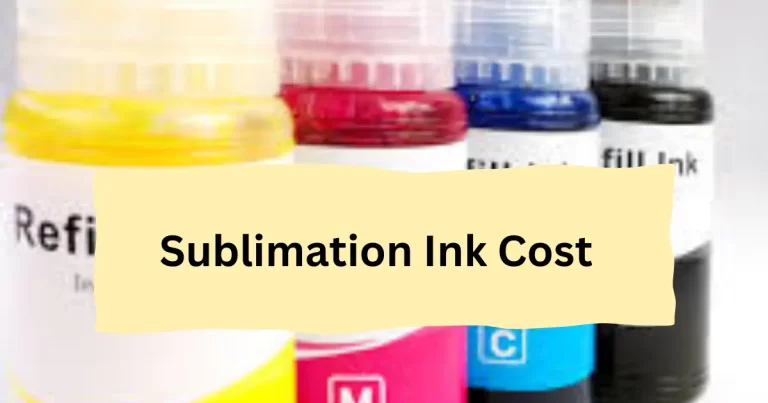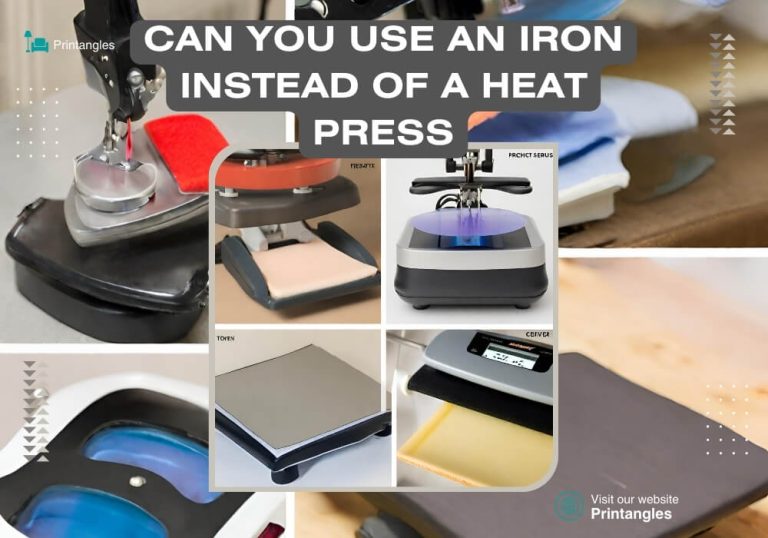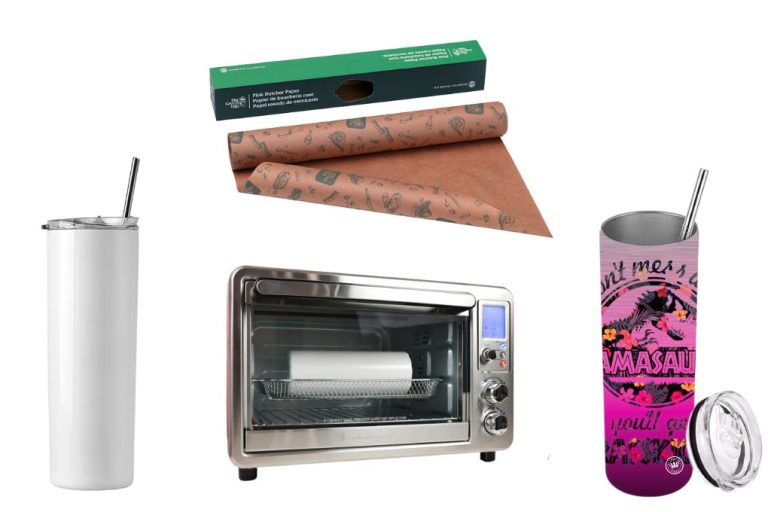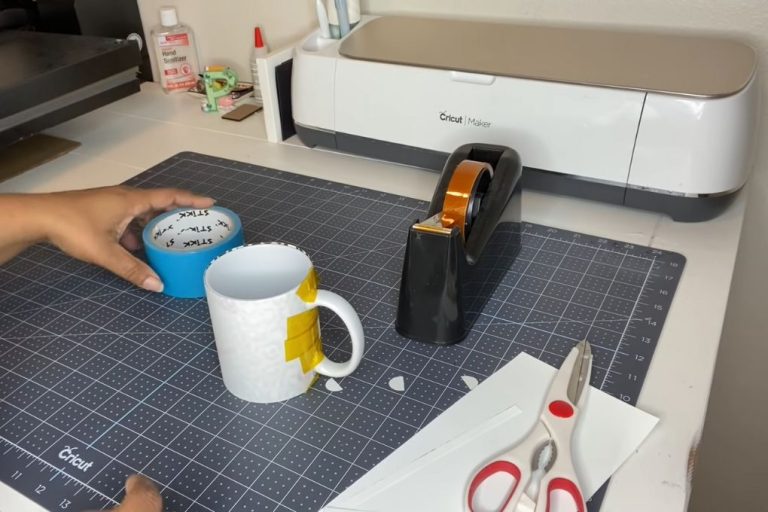Can You Sublimate on Leather? How to Do it?
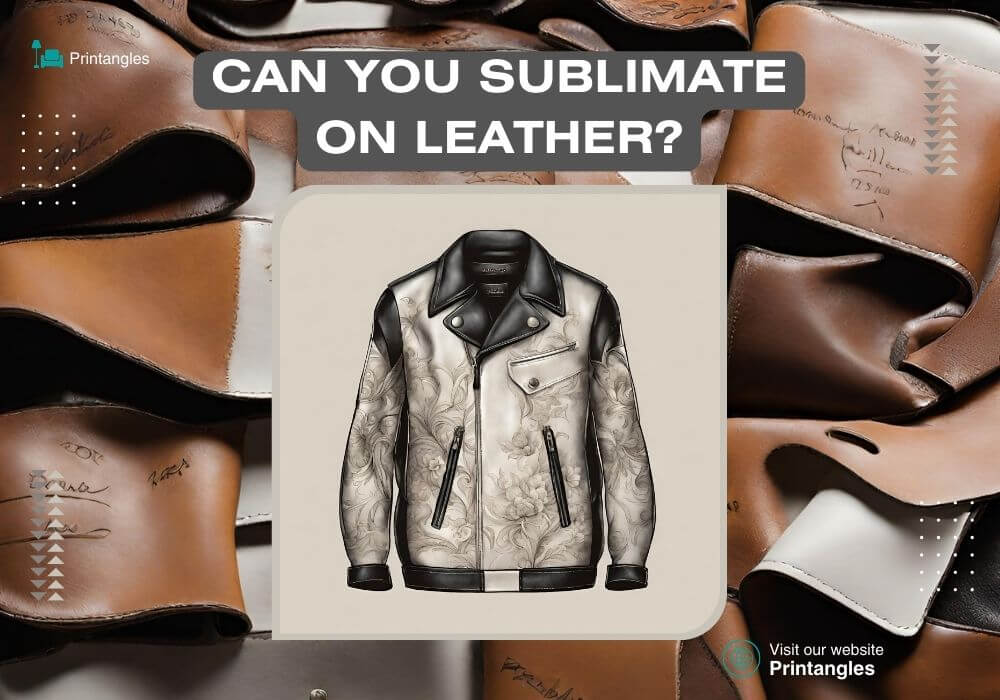
The question is can you sublimate on leather? and the answer is Yes, it is possible to sublimate on leather. In the case of leather, a special type of ink is used that can bond with the fibers of the leather, resulting in a permanent print.
Table of Contents
Can You Sublimate on Leather?
Sublimation on leather is a popular method of customization that has gained popularity in recent years. This process involves transferring a design or image onto the leather using heat and pressure, resulting in a permanent and vibrant print. While sublimation is typically associated with fabrics, it can also be done on leather to create unique and personalized products such as bags, wallets, and phone cases.
How to Sublimate on Leather?
Sublimation printing on leather involves using heat and pressure to transfer ink onto the surface of the leather.
It is important to follow the proper steps to ensure a successful sublimation. Here is a step-by-step guide for sublimating on leather:
Prepare The Leather:
Before sublimating, make sure the leather is clean and free from any dirt or oils. You can use a leather cleaner or rubbing alcohol to clean the surface.
Choose a Design:
Next, choose a design or image that you want to transfer onto the leather. It is important to use high-quality images with vibrant colors for the best results.
Print The Design:
Print the chosen design onto sublimation paper using a sublimation printer. Make sure to use the correct settings for sublimation printing.
Preheat The Heat Press:
Preheat your heat press to the recommended temperature for sublimating on leather, typically around 380-400 degrees Fahrenheit.
Place The Leather and Design:
Place the leather on the heat press with the design on top. Make sure the design is facing downwards onto the leather.
Apply Heat and Pressure:
Close the heat press and apply medium pressure for 45-60 seconds. The heat and pressure will cause the design to transfer onto the leather.
Remove The Leather:
Once the time is up, carefully remove the leather from the heat press and let it cool down.
Peel Off The Paper:
Once the leather has cooled down, peel off the sublimation paper to reveal the transferred design.
Apply A Protective Coating:
To protect the design, you can apply a protective coating such as a clear spray or coating designed for sublimated items.
Finally, trim any excess paper or coating and your sublimated leather item is ready to use!
Possibilities and Limitations
Here are some possibilities and limitations for sublimation on leather:
Possibilities:
- Sublimation on leather produces vibrant and long-lasting colors, making it a great choice for creating eye-catching designs.
- It can be done on various types of leather, including genuine, synthetic, and faux leather, providing a wide range of options for customization.
- Sublimation on leather produces high-quality, professional-looking results with sharp and precise designs.
- With sublimation, you can cover a large area of the leather surface, allowing for more creative and detailed designs.
- Sublimated designs on leather are durable and resistant to fading, cracking, and peeling, ensuring a long lifespan for your products.
Limitations:
- leather is limited to light-colored or white leather, as the dye cannot penetrate dark or black leather.
- Sublimation works best on smooth and non-porous leather, so it may not be suitable for all types of leather, such as suede or nubuck.
- Leather is sensitive to heat, and the sublimation process requires high temperatures, so there is a risk of damaging the leather if not done correctly.
- Sublimation equipment and materials can be costly, making it a more expensive option for customization compared to other methods.
- The sublimation process can be time-consuming, especially for larger designs and batches, as each piece needs to be individually heated and pressed.
Conclusion:
Sublimation on leather is a versatile and effective method for creating vibrant and long-lasting designs on various types of leather. By following the proper steps and using high-quality materials, you can achieve professional-looking results that are resistant to fading and peeling.

I’m Derrick Flora and I am the owner of Printangles.com. I am the father of 2 angles and 1 boy and I am 37 years old. I had done Bachelor in Fashion and Textile Studies from FIT State University of New York. It’s been 7 years since when started the sublimation business. I sublimated mugs, t-shirts, canvas, and many more. And we have analyzed some things that beginners don’t apply the actual strategies to complete the project. And those strategies are making your sublimation better onto the material. What do beginners do, they just buy the sublimation printer and the heat press without knowing about them.

